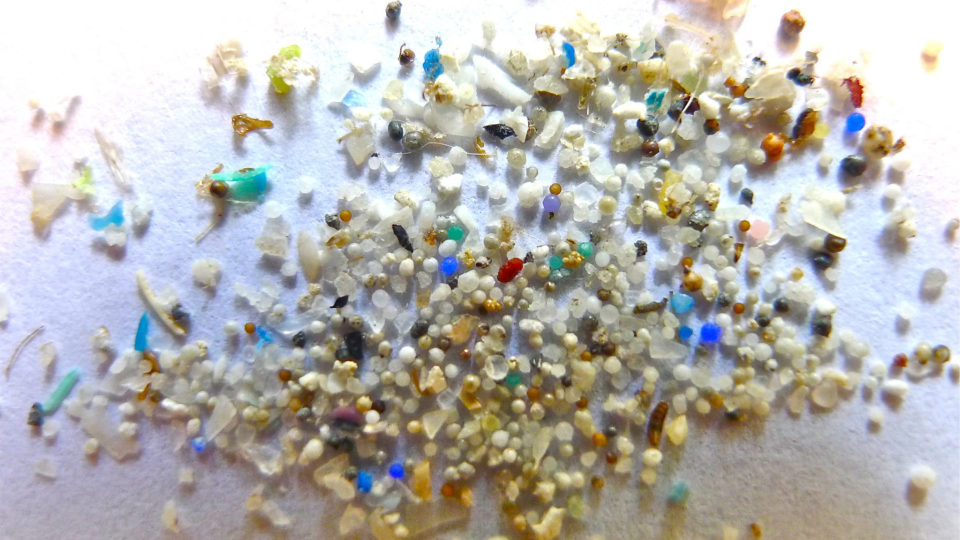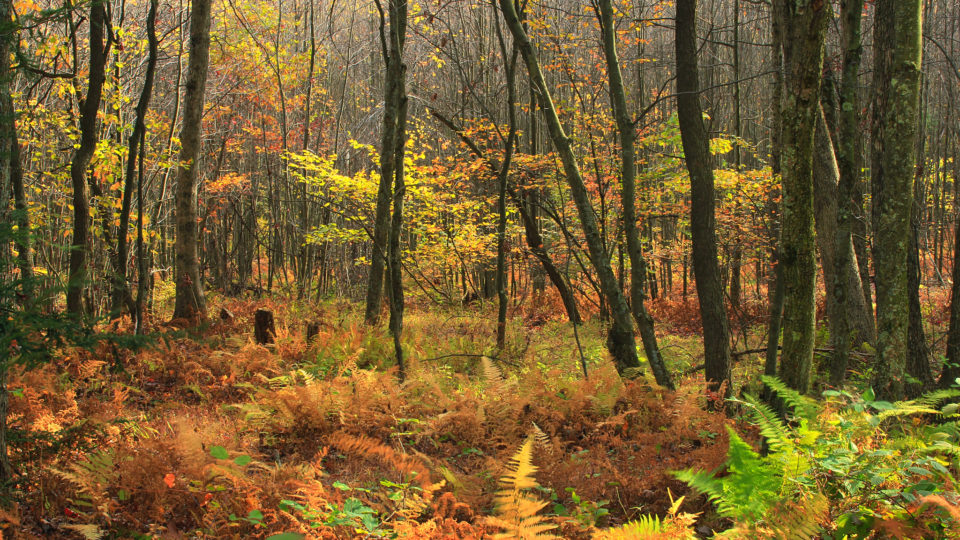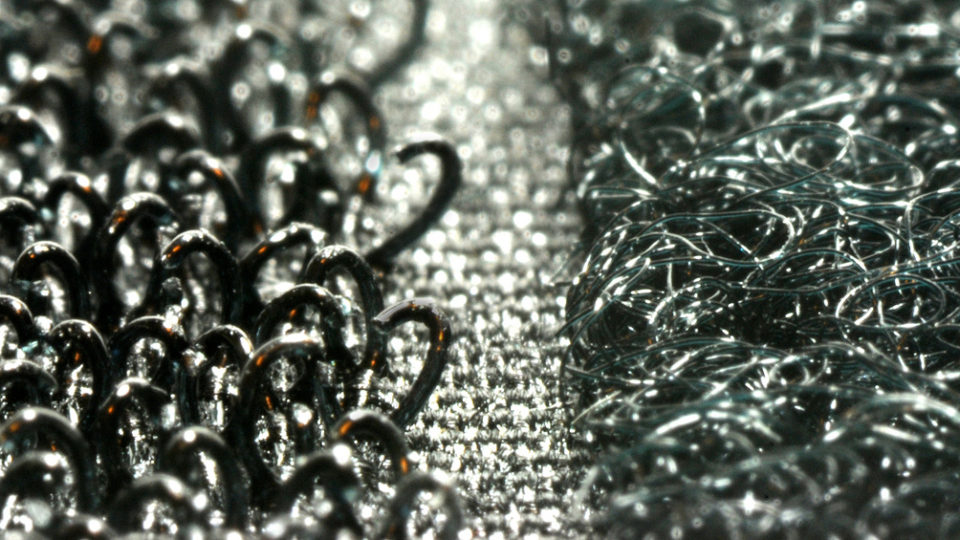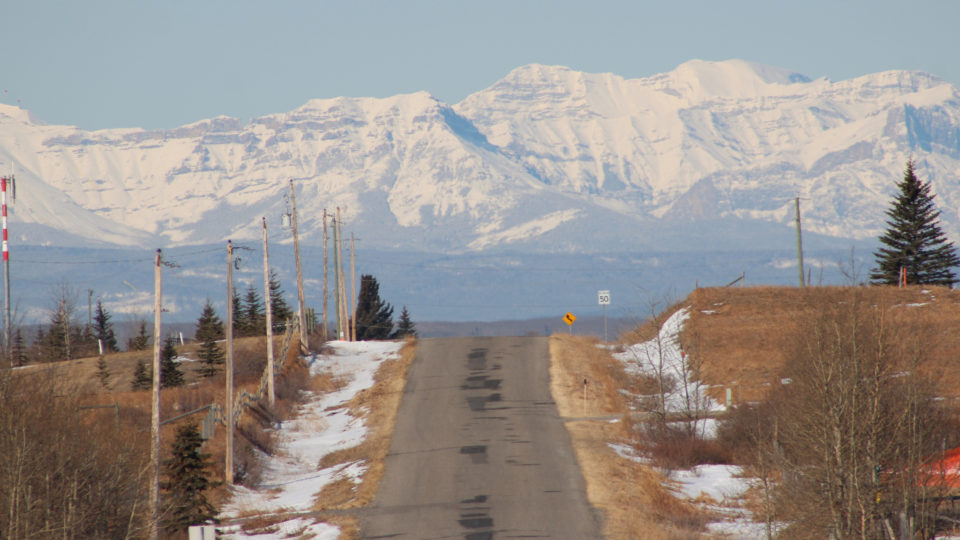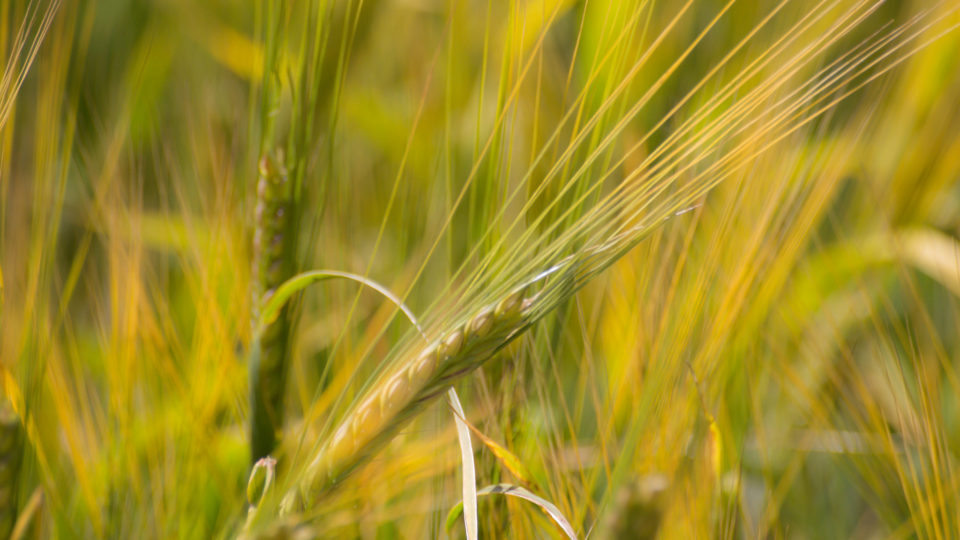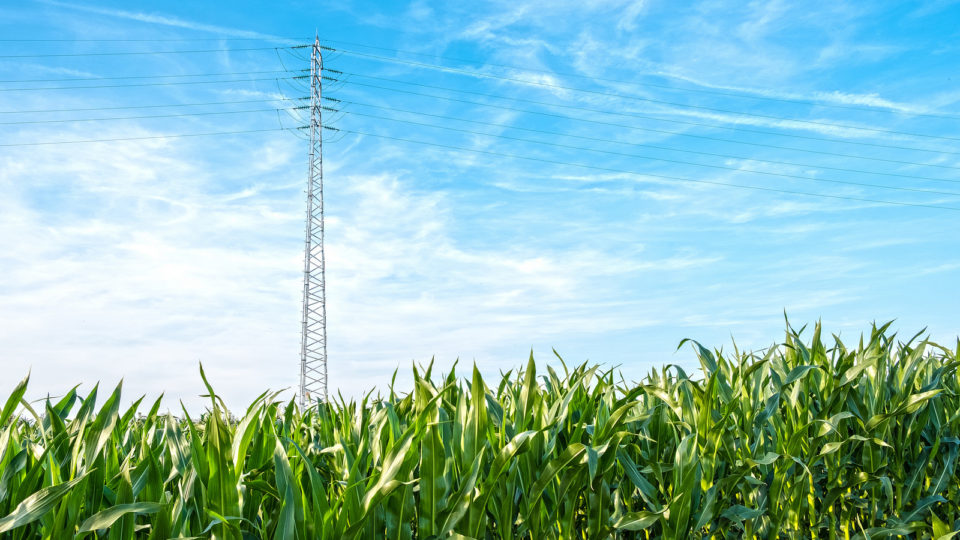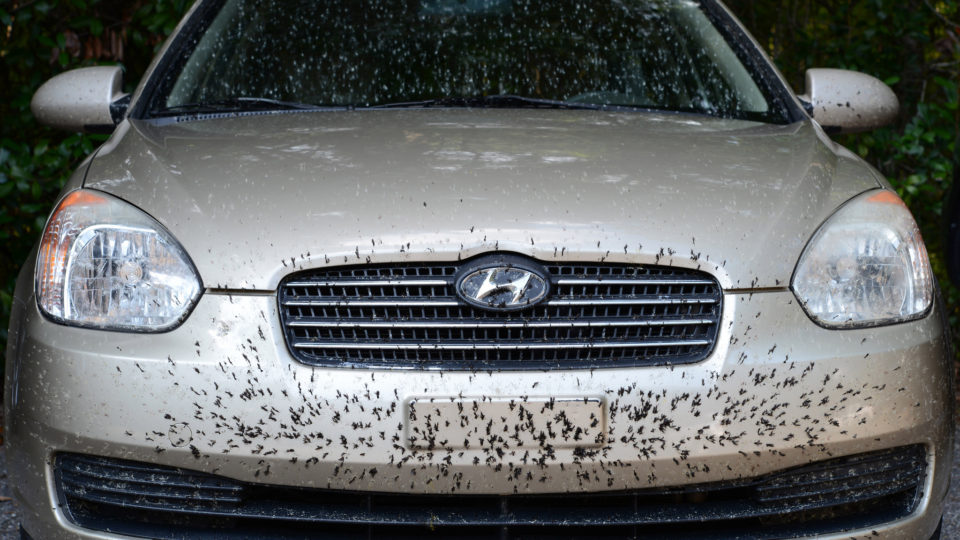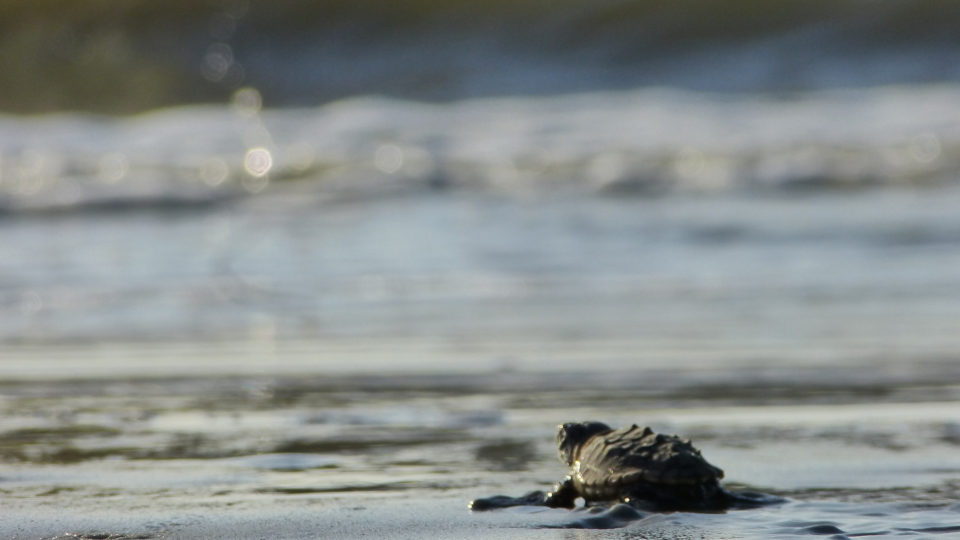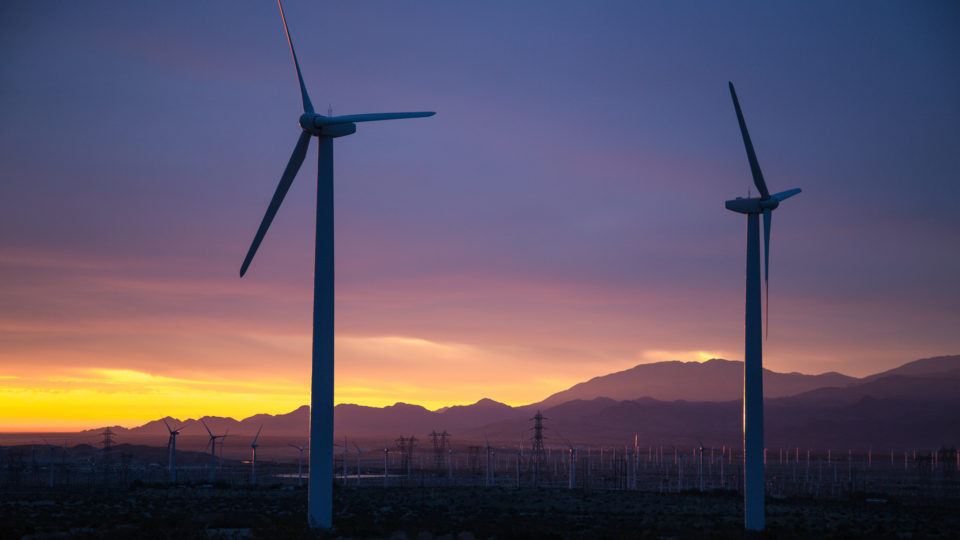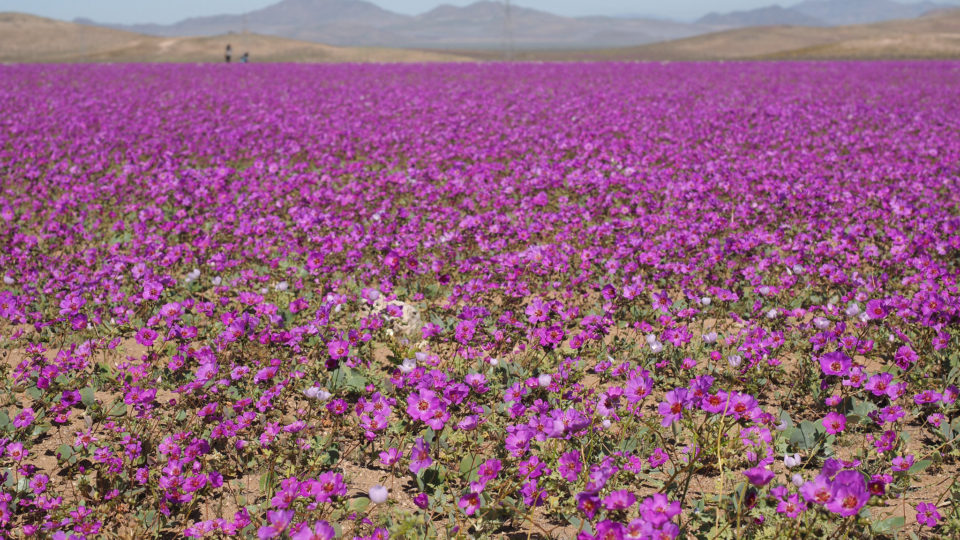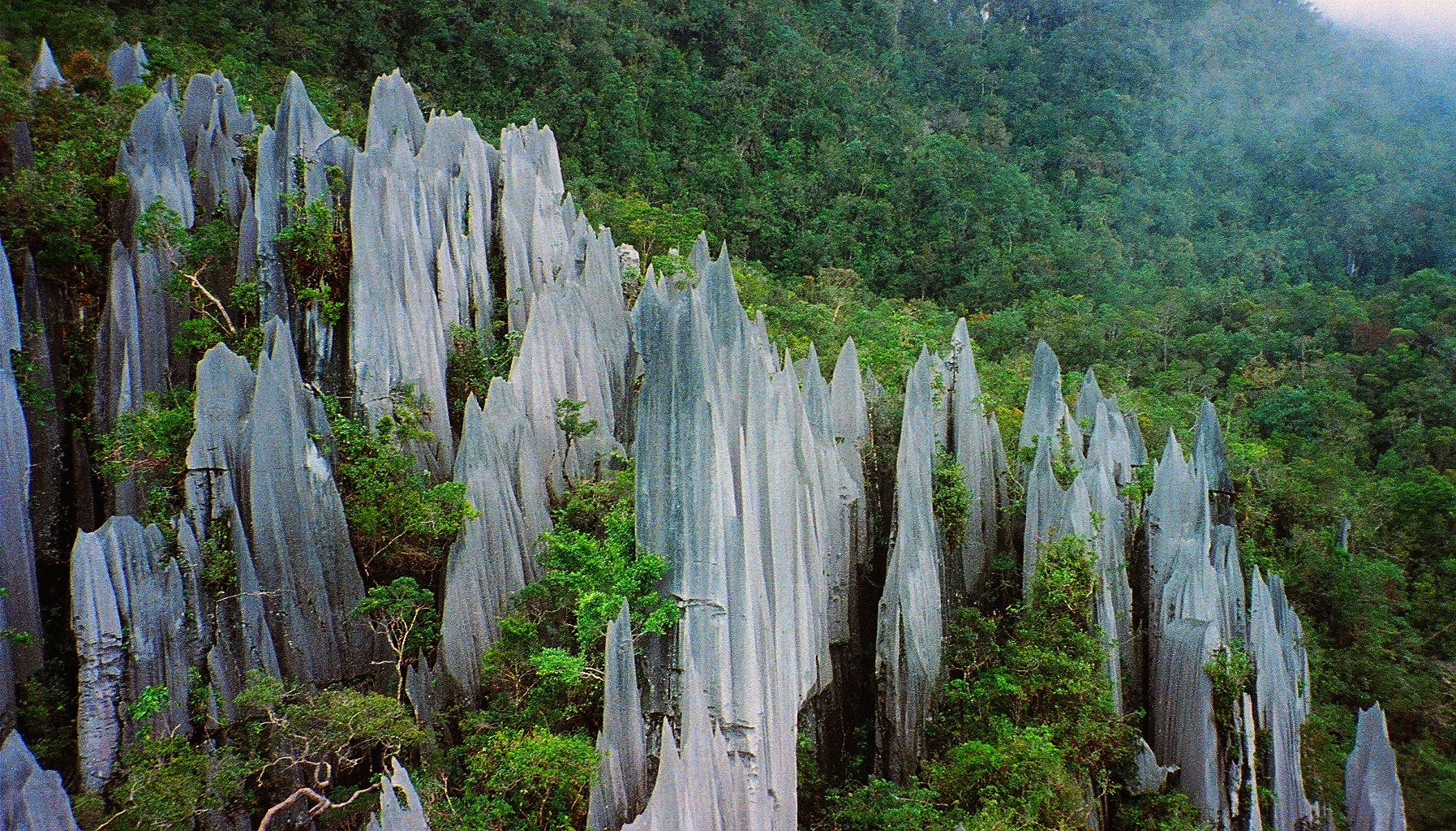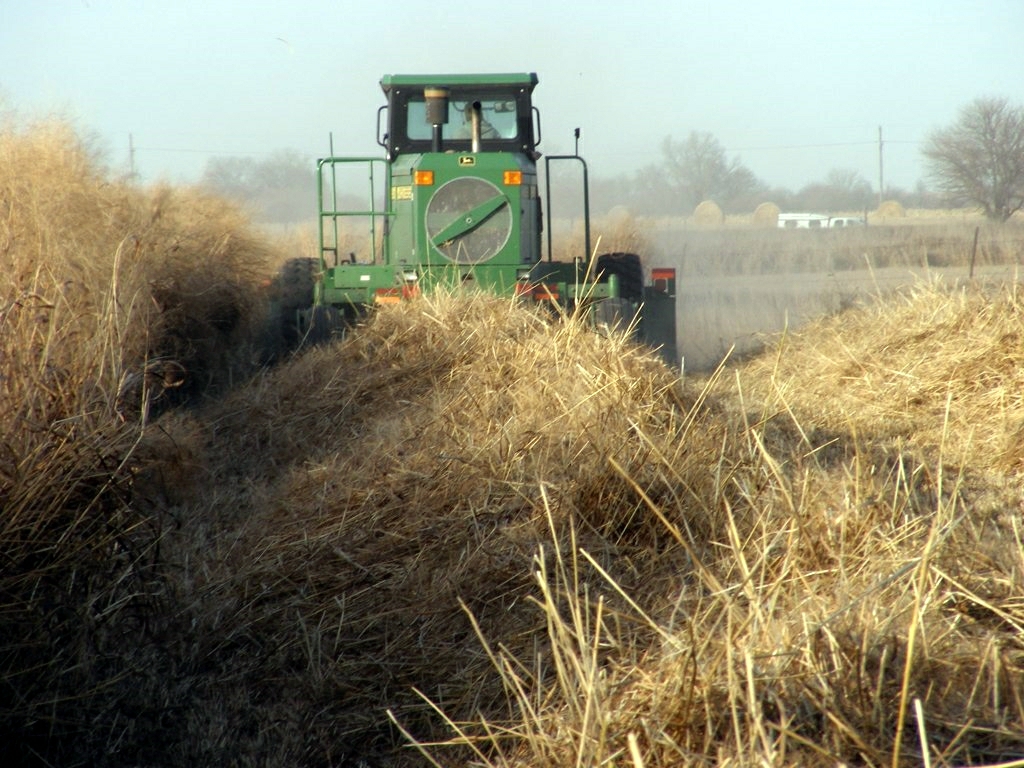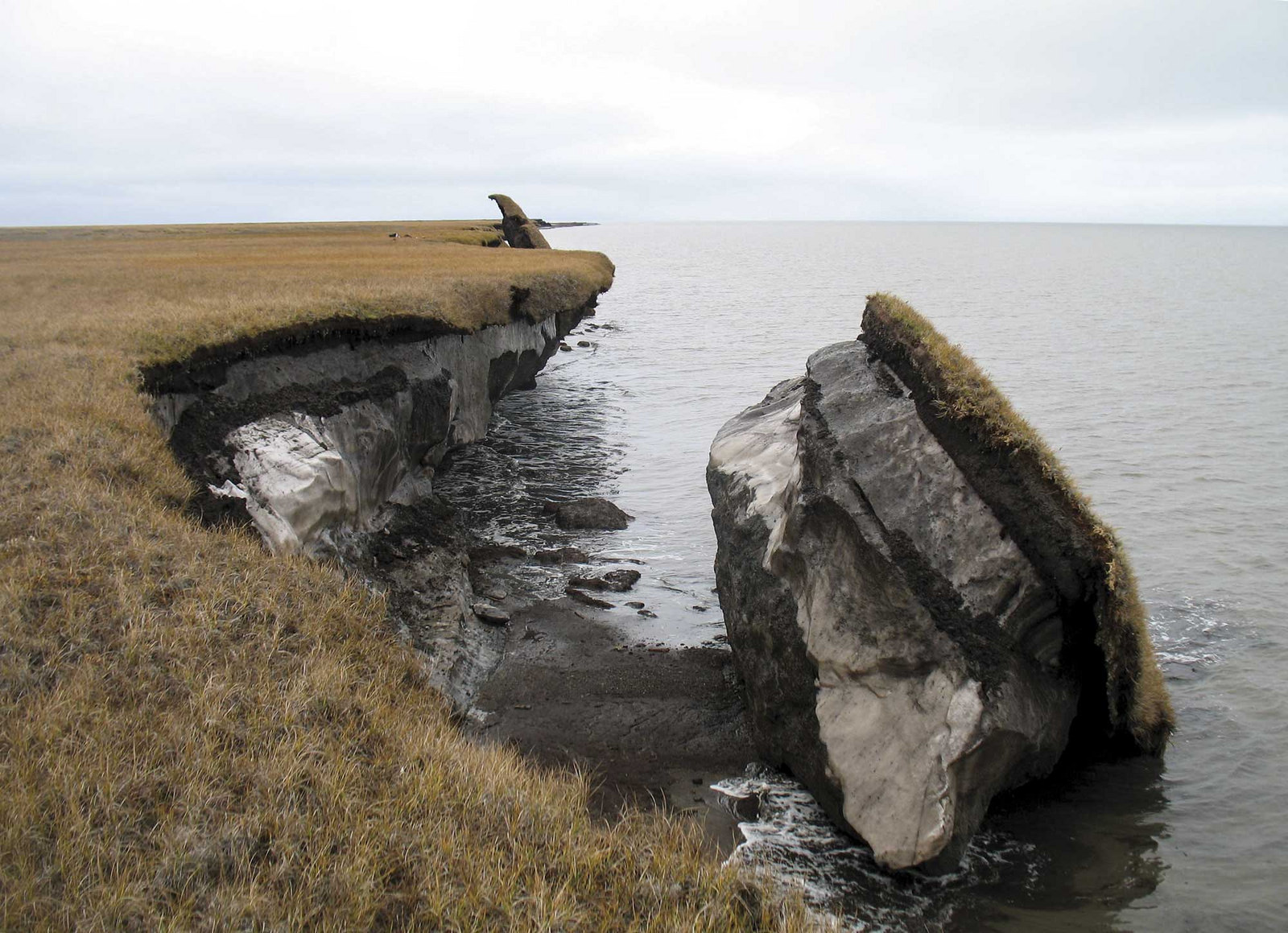plants
Spring Is Springing Earlier
A comprehensive study has confirmed what has been widely believed in the scientific community and in popular reports for years: spring is arriving earlier and the further north you go, the more pronounced is the effect.
Removing CO2 With Plants
Plants are the world’s great storehouse of carbon dioxide. That is why deforestation is a major contributor to climate change. If only there were more trees and plants, more of the CO2 in the atmosphere would be absorbed and could no longer trap heat in the atmosphere.
Biomimicry Is Big
Biomimicry is learning from and then emulating nature’s forms, processes, and ecosystems to create more sustainable designs. Mother Nature is already the inspiration for countless products and designs ranging from Velcro copied from plant burs to the shape of wind turbines modeled after whale fins. There are wetsuits inspired by beaver pelts and office buildings that copy termite dens. Increasingly, innovators are looking at nature for designs in architecture, chemistry, agriculture, energy, health, transportation, computing, and even for the structure of organizations and cities.
Is The World’s Largest Sea Turtle No Longer Endangered?
The rapid disappearance of many plants and animals around the world has many scientists saying we are experiencing a sixth mass extinction – the first since the dinosaurs were wiped out some 66 million years ago. Despite all sorts of conservation efforts, living things are struggling as a result of climate change, habitat loss, and countless other natural and manmade pressures. Conservation success stories have been few and far between.
[Read more…] about Is The World’s Largest Sea Turtle No Longer Endangered?
The Ecology Of Dust
It isn’t something we think about very often, but dust is a connector of ecosystems around the world. Dust carries various minerals and nutrients to places where such things are in very scarce supply. This includes the oceans of the world as well as many forests and other ecosystems. For example, phosphorus-bearing dust carried from the Gobi Desert is essential to the growth of giant redwoods in California’s Sierra Mountains.
Climate Change And Barley
The impacts of increased carbon dioxide and the changing climate are often complicated and, it turns out, not always negative. In some areas of the world, people can actually benefit from increased CO2 and climate change. Barley, the most important feed crop for beef production in Alberta, Canada, as well as the province’s beef industry itself actually stand to gain from the changes that are most assuredly not a good thing for much of the world.
Turning Biofuel Waste Into Valuable Chemicals
When biofuels are made, tough plant material is left over as waste. The material is lignin, which is a main component of plant cell walls that gives plants their structural integrity. Lignin is made up of many valuable compounds, but taking it apart to extract them is very difficult.
[Read more…] about Turning Biofuel Waste Into Valuable Chemicals
A Decline In Flying Insects
When was the last time you used a squeegee to remove squashed insects from your windshield? It’s been a while, right? It’s not just you. This is known as the windscreen phenomenon. Scientists and some motorists have long suspected that flying insects are in dramatic decline. New research has confirmed these suspicions.
Carbon And Heating Soil
Plants are a critical part of the Earth’s carbon cycle. They take in carbon dioxide during photosynthesis. Eventually, dead leaves, branches and other materials fall to the ground where bacteria and fungi decompose the materials and release the CO2 back into the atmosphere. This carbon-soil feedback loop is a complicated one that is critical to the overall carbon balance because soils actually contain two to three times more carbon than the atmosphere.
Sea Turtle Populations Are Rebounding
The increasing disappearance of so many plants and animals around the world has made many scientists believe that we are experiencing a sixth mass extinction. Despite ongoing conservation efforts, living things are struggling with habitat loss, climate change, and many other natural and man-made pressures. Conservation success stories seem to be rare events.
Renewables On The March
Solar power and wind power have both been growing by leaps and bounds in recent years and there is no end in sight to their progress.
Super Blooms
This past August one of the driest regions on Earth transformed from a barren desert to a sea of colorful flowers. Heavy rains in Chile’s Atacama Desert caused the phenomenon, locally known as the desierto florido or flowering desert. These things typically only happen every five to seven years, but the previous super bloom actually took place in 2015.
Can The Great Barrier Reef Be Saved?
There have been many stories in the media about the ongoing environmental crisis at Australia’s Great Barrier Reef. Over the past two years, the reef has lost almost half of its coral because of bleaching events. Faced with this situation, the Australian government created the Reef 2050 Plan, a strategy to protect and maintain the reef through the year 2050.
Doing More Harm Than Good
A group of more than 200 scientists and medical professionals has issued a consensus statement in the journal Environmental Health Perspectives urging that antimicrobial chemicals like triclosan and triclocarban should not be used in consumer products. The experts say that these substances offer no health benefits and are actually causing health and environmental harm.
Trees Are Not Enough
Trees are nature’s way of removing carbon dioxide from the atmosphere. Growing plants take up CO2 and store it in the form of their roots, stems and leaves. And in fact, a significant factor in the growing levels of carbon dioxide in the atmosphere has been the extensive deforestation that has gone on over the past couple of centuries.
Saving Borneo’s Forest
Borneo is the third-largest island in the world, home to part of Indonesia, part of Malaysia, and the small sultanate of Brunei. It is also home to the oldest forest on earth – 130 million years old – which is more than twice as old as the Amazon rain forest.
Making Biofuel Cost Effective
Biofuels are considered to be a sustainable alternative to fossil fuels. However, they are generally more expensive than competing fossil fuels. Government subsidies, such as we have for ethanol in this country, have been necessary to make biofuels competitive in the marketplace.
Increasing Biological Invasions
Invasive species have been a problem for quite some time. Over the years, we have grappled with – among other things – invasive plants from Japan, zebra mussels from eastern Europe, and Asian fungus that kills off ash trees in our forests.
